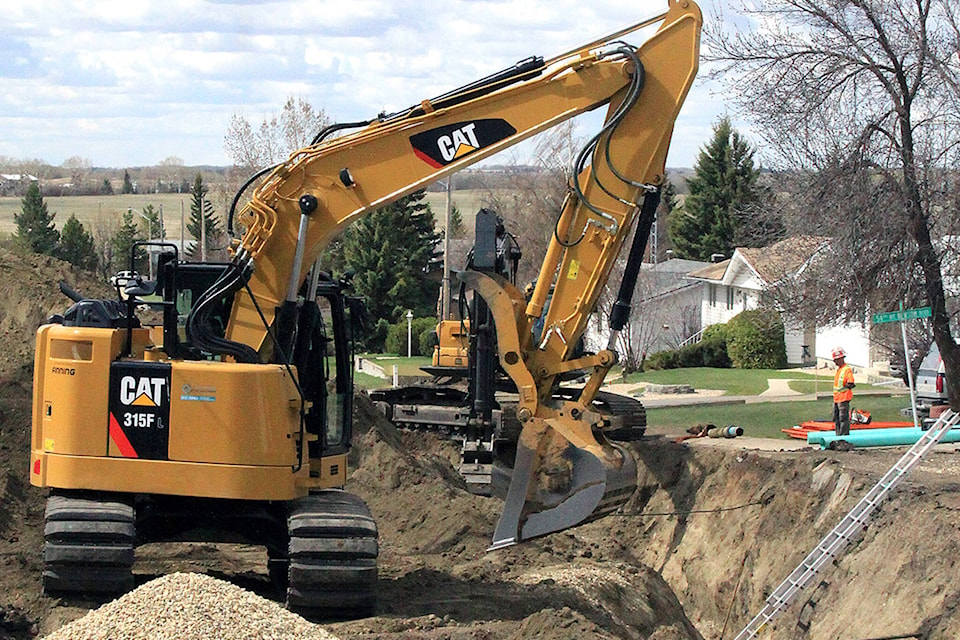OTTAWA — The federal government’s strategy to help people find affordable homes is doing more to help households who are less likely to need it, a new report says.
The report from the National Housing Council made public Monday says the three programs under review have done little to help households who live in homes that are too expensive, or too small, for them.
The council’s report says that thousands of households could be left behind by the Liberal plan unless there is a shift within the programs to help build units targeted to those most in need.
Among those the council says could be left in need are homeless people the government wants to house, women and children fleeing domestic violence, newcomers and Indigenous people.
The first research report from the council, created as part of the decade-long housing strategy launched in 2017, focuses on a rental construction financing program, another for housing providers that partner with a local government, and the rapid-housing program.
The report says that the programs combined repair about 66,000 units of existing housing and create just under 35,000 units of new housing.
But those numbers mean the national housing strategy could “fall well short” of lifting 530,000 households out of what’s known as “core housing need,” a benchmark under which a household is deemed to be spending too much on housing that is sub-standard or doesn’t meet their needs.
The review of the three programs noted that each has a different definition of “affordable.”
The rental program is designed to create units affordable to middle-income families who tend to have lower rates of housing need than those at lower-income levels, while the co-investment fund is supposed to create below-market-rent units.
Only the over-subscribed rapid-housing program is specifically targeted for those in severe housing need.
The report estimates that only three per cent of units in the rental construction fund could actually be deemed affordable for low-income households.
The review also notes that the program does little to help reduce rental costs because it often permits funding to help build “units with rents that are well above market rent in the areas in which they were located to be counted as affordable.”
The report also says that about half of the units in the co-investment fund — called that because it requires a housing provider to partner with another funder like a local government — could lift the median household out of core housing need.
About one-third of units in projects funded through the program are suitable for, and affordable to low-income households, the report said.
The report concludes that of the three programs, only the rapid-housing initiative created during the pandemic shows some promise as a way to help low-income Canadians find an affordable place to call home.
